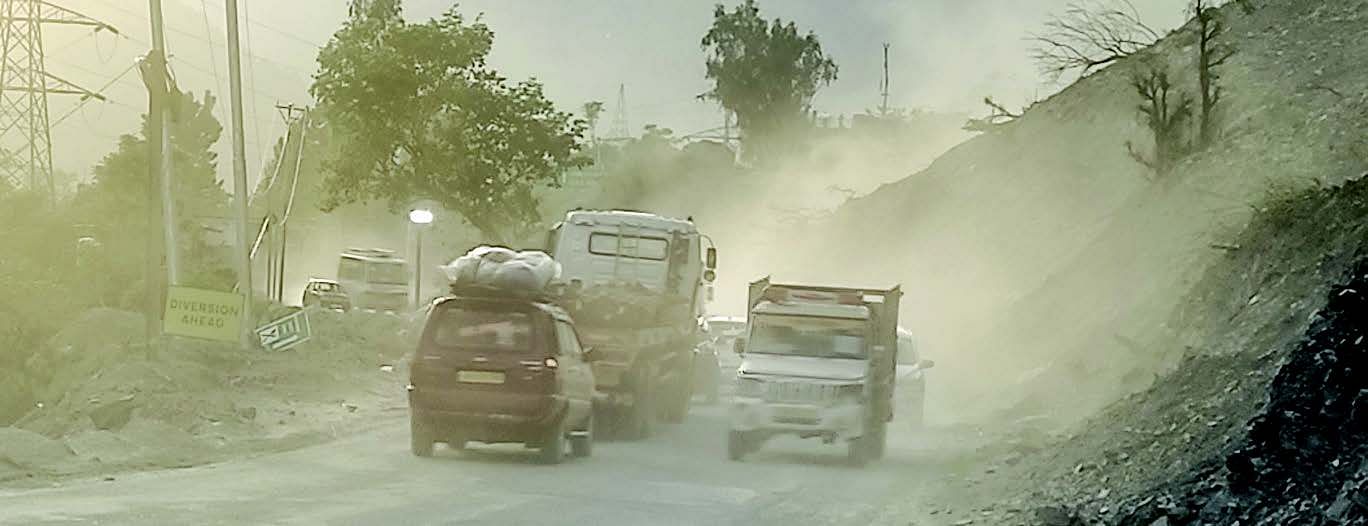
- Select a language for the TTS:
- UK English Female
- UK English Male
- US English Female
- US English Male
- Australian Female
- Australian Male
- Language selected: (auto detect) - EN
Play all audios:
The Reserve Bank of India (RBI) has projected a real GDP growth of 7.0% in FY25, bolstered by robust domestic demand, a resurgence in the investment cycle, and healthier corporate and bank
balance sheets. However, it emphasized the need for vigilance in managing the risks to inflation and growth from domestic and international developments, such as geopolitical conflicts.
"Overall, the outlook for growth is improving on the back of domestic drivers of demand, although persisting uncertainties on the global front pose risks to the outlook,"
India's central bank said in its Monetary Policy Report for April 2024. The RBI emphasized that despite global challenges, India emerged as the world's fastest-growing major
economy in 2023-24. The widespread recovery in the manufacturing and services sectors, the government's emphasis on capital expenditure, and positive business and consumer sentiments
are predicted to further drive the growth momentum. Regarding inflation, the RBI projected CPI inflation to average 4.5% in 2024-25, with risks evenly balanced. The central bank pointed out
that erratic food prices persist in disrupting the path of disinflation and obscuring the inflation outlook. Nevertheless, the persistent impact of monetary policy actions and stance is
maintaining core inflation at a subdued level. RISKS However, it added that its baseline projections are subject to various risks. The primary risks to the growth and inflation outlook stem
from spillovers from geopolitical hostilities, volatile global financial markets, and climate shocks. Conversely, a stronger rebound in the manufacturing and services sectors, accelerated
private investment, a swift resolution of geopolitical conflicts, faster disinflation, and improvements in global trade could provide upside potential to growth. The central bank's
report also considered alternative scenarios to evaluate the balance of risks. In the event that global growth falls 100 bps below the baseline due to escalating geopolitical tensions and
trade disruptions, domestic growth and inflation could decrease by 30 bps and 15 bps, respectively, compared to their baseline trajectories. On the other hand, if global growth surprises to
the upside by 50 bps, domestic growth and inflation could rise by approximately 15 bps and 7 bps, respectively. The RBI's Monetary Policy Committee (MPC) will monitor these risks and
take suitable measures to ensure that inflation remains in line with the target while supporting growth. The report also delved into the potential impact of climate change on monetary
policy. The RBI acknowledged that climate change could directly impact inflation through adverse weather events affecting agricultural production and global supply chains. It could also
influence the natural rate of interest and weaken the transmission of monetary policy actions. The central bank emphasized the importance of incorporating climate risks explicitly into their
modeling frameworks to effectively address these challenges.








